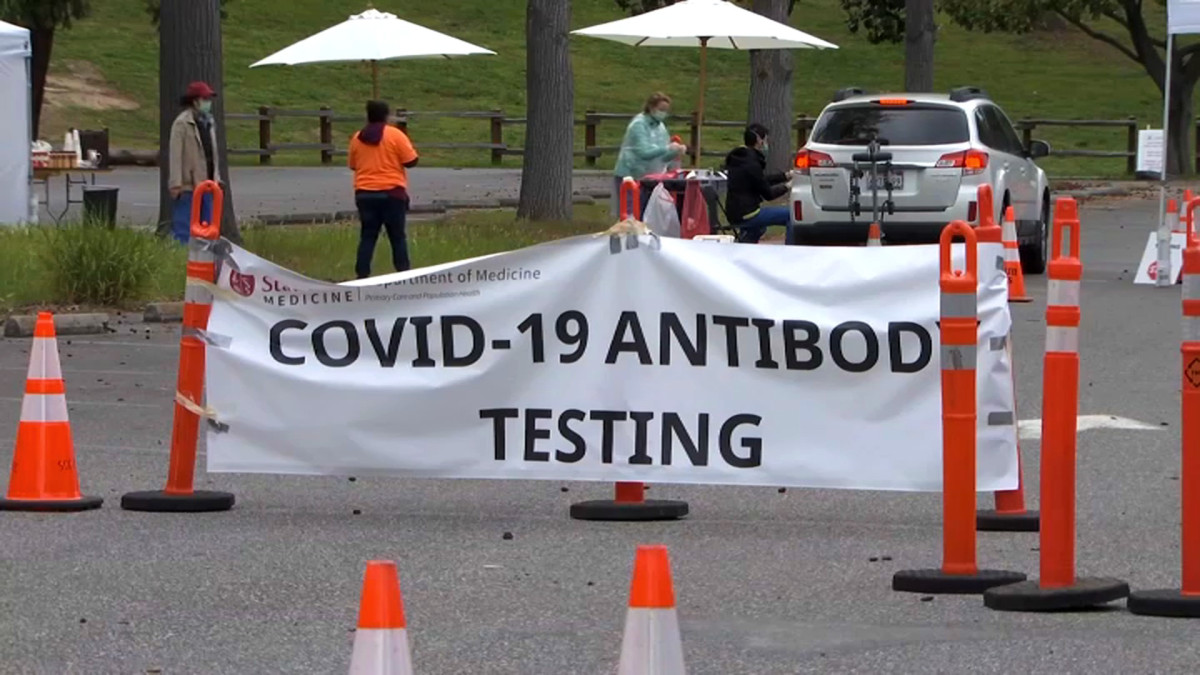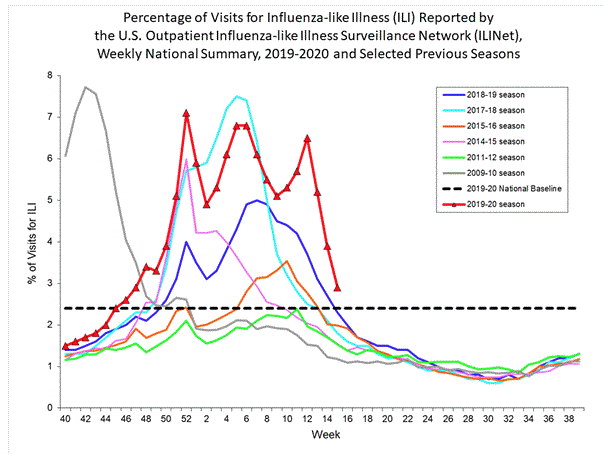Antibody Tests Indicate COVID-19 is Much More Widespread, Less Deadly Than Originally Thought

Two preliminary studies out of California, one out of Massachusetts, and more from Europe indicate that the novel coronavirus that has prompted mass lockdowns across the globe is much more prevalent and much less deadly than originally thought.
A Standford study looked at the blood samples of Santa Clara County residents, randomly selected, and showed that COVID-19 prevalence is “50-85-fold more than the number of confirmed cases.”
A USC study looked at blood Los Angeles residents and confirmed Stanford’s estimates. It found that 2.8 percent to 5.6 percent of the county’s population had the antibodies, which would put the death rate at 0.00136 to 0.00271 percent.
The most recent study out of New York showed that 21.2 percent of New York City residents have antibodies for the disease, which would equate to 1.76 million people. That would make the case fatality rate in New York City 0.00856 percent instead of the widely reported 10 percent figure.
An earlier pilot study by Massachusetts General researchers showed that almost a third of Chelsea residents had the COVID-19 antibodies.
All of these back up a Germany study out of the University of Bonn which indicated that some regions may have an infection rate upwards of 15 percent.
What it means
These data mean that the novel coronavirus is much more widespread and that it is less deadly than originally thought. The US coronavirus task force head Dr. Tony Fauci predicted as much in an editorial from March:
If one assumes that the number of asymptomatic or minimally symptomatic cases is several times as high as the number of reported cases, the case fatality rate may be considerably less than 1%. This suggests that the overall clinical consequences of Covid-19 may ultimately be more akin to those of a severe seasonal influenza (which has a case fatality rate of approximately 0.1%) or a pandemic influenza (similar to those in 1957 and 1968) rather than a disease similar to SARS or MERS, which have had case fatality rates of 9 to 10% and 36%, respectively.
Antibodies for a given disease generally show up after it has run its course and means the person is likely immune. So, rather than the high numbers indicating that coronavirus is a “raging epidemic,” it’s more probable that it was here a lot earlier than originally thought.
The first official COVID-19 infection in the US was recorded January 22, 2020 and the first death in the US was recorded February 28, 2020. But influenza-like illness across the board was much higher than average for the 2019-2020 season:

If those excess ILI cases were COVID-19, that would mean that the mitigation effort was far too late to make a significant difference. As a result, as states start to lift stay-at-home restrictions, we’re unlikely to see an increase in infections and deaths related to COVID-19.



